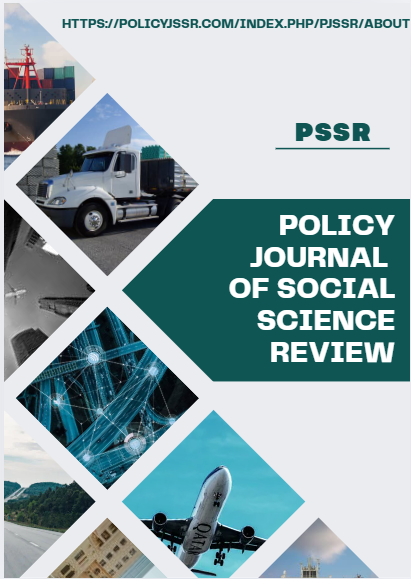ROLE OF LEGISLATION IN PROTECTING WOMEN RIGHTS IN SOUTH PUNJAB, PAKISTAN
Abstract
This research study explored the role of legislation in protecting women’s rights in South Punjab, focusing on two district Multan and Lodhran. The key variables were legislation and women’s rights, with a particular emphasis on how legal provisions and their enforcement impact women’s safety, equality, and access to justice. A mixed-method approach, combining quantitative (statistical) and qualitative (theoretical) research design was used for data collection to provide a comprehensive understanding. Quantitative data were collected from 550 women participants through a structured questionnaire, while 50 in-depth interviews conducted from both male and female. The study considered demographic variables to assess how these factors shape perspectives of women’s rights and access to legal remedies. A Likert-scale questionnaire was used to measure awareness and perceptions of legislation. The outcomes showed insignificant variations were found in the perspectives of rural and urban women while there were a significant differences between the opinions of married and unmarried women and among studying and not studying female as well. Furthermore, highly significant variations were also analyzed in the perceptions of employed and unemployed female. Outcomes of qualitative data showed that legislative frameworks exist to protect women’s rights, their implementation remains inconsistent, especially in rural areas where societal biases, ignorance and inadequate institutional mechanism hinder effectiveness. The study emphasizes the demand for policy reforms, more effective institutional structures, and legal literacy drives to bridge the gap between legislation and practice.
Keywords: Legislation; Women’s Rights; Legal Protection; Women’s Empowerment; South Punjab; Legal Awareness





